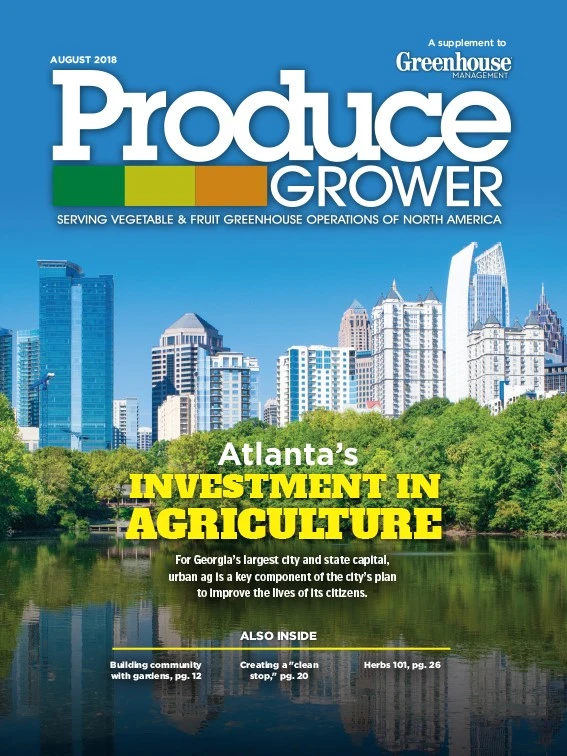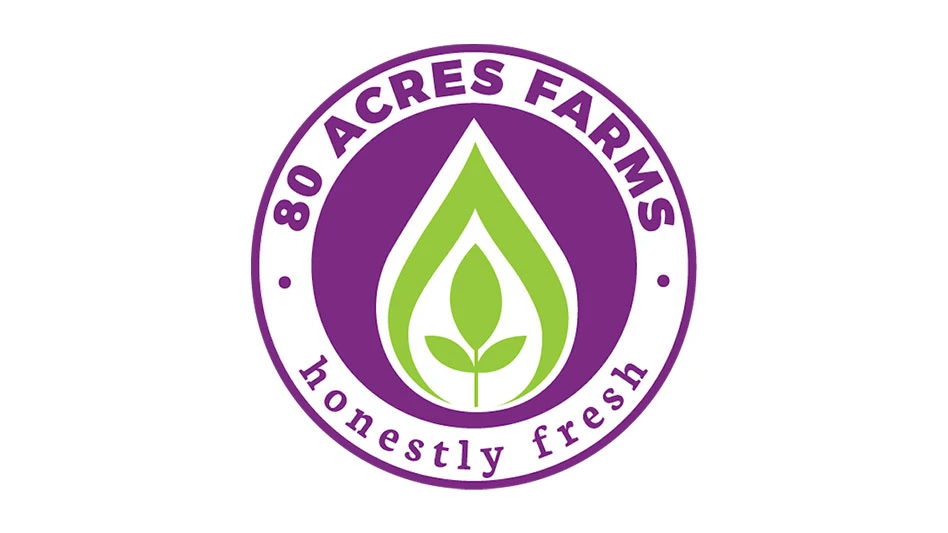
As blackberries become increasingly popular with consumers, growers are looking for ways to profit from this plump, tasty, nutritious berry. Blackberries aren’t a particularly easy crop to grow and manage. What’s more, they’re not very hardy. However, much research has gone into improving techniques for propagating and successfully growing them in soil and soilless media, and more recently, high tunnels.
“With improved flavor and availability, blackberries are [experiencing] the fastest per capita increase of all the different berries,” says Tim Nourse, president of Nourse Farms, a berry grower since 1932, located in the Pioneer Valley of Western Massachusetts that has a tissue culture and micropropagation lab it built in 1980. In fact, the number of pounds of blackberries being produced is up by 14 percent since 2015, according to USDA statistics.
Growing outside vs. in high tunnels
Growers have the option of growing blackberries outside in the field in the ground or in containers in high tunnels. Nourse says more and more growers are growing them in high tunnels in containers, which range from 6 to 7-gallon pots that are placed on a heavy-duty weed barrier. These plants are usually started from plugs rather than bareroot.
“Most of our growers are planting blackberries in the ground,” Nourse says, “When you get to Georgia, the Carolinas, California and up the coast in Oregon, they’re grown in high tunnels.”
However, high tunnel production of blackberries in the U.S. appears to be slow to catch on, particularly in the cooler climates. Extensive research is underway at Cornell to help growers adopt high tunnel methods.
“High tunnel production has really taken off with growers worldwide — but less so in the Northeast and Midwest, where growers there stand to benefit significantly from the technology,” says Dr. Marvin Pritts, professor in the horticulture department at Cornell University. Pritts is an expert in high tunnel berry production and has studied the use of high tunnels around the globe.
Pritts says that most brambles that are produced in places such as California, Mexico and Europe are now grown in tunnels because “the benefits of quality and shelf-life are significant.”
“The economics are also favorable for tunnels, with high yields that pay for the hardware rather quickly,” Pritts says. He says most growers are growing them in the ground where they are more prone to winter injury and disease.
Pritts says Cornell is working with other major universities to help growers in the Northeast and Midwest adopt high tunnel growing methods to grow this potentially profitable berry.
“We hope to work out production details so growers don’t have to assume much risk when figuring out how this could work on their farm, as well as fine-tuning the economics,” Pritts says. The information they have gathered so far is posted at tunnelberries.org

Location is everything
Climate will, to some extent, determine where and how to grow blackberries.
“Blackberries are marginal in zone 5,” Nourse says. “You have to go to zone 6 to consistently get blackberries through the winter.” However, he notes that blackberries will survive the winters much better, especially in the zone 5 region, if they’re grown on a swing arm trellis. With this method the berries can be laid down in the fall and covered with a floating row cover.
It’s important to choose varieties that are hardy in your zone. Nourse, whose company sends out hundreds of thousands of plants to its wholesale customers, says some of its more northern growers prefer the Triple Crown and Chester varieties, both from the USDA’s breeding program.
In California and on up the coast, where growers are turning more to the controlled environment of high tunnels, there is a preference for Prime-Ark 45.
“Prime-Ark 45 is the most consistent performer of the Prime-Ark type,” Nourse says. “Prime-Ark Traveler is new, and people are learning how to grow it.” He says Prime-Ark Freedom and Triple Crown are high-quality berries that are popular with home gardeners who transplant in the warmer zones.
Growing blackberries
Most blackberries produce from two-year-old floricanes, while some varieties, such as the Prime-Ark Traveler, produce on one-year-old primocanes. Nourse Farms propagates both type of plants.
“With all the viruses from blackberries, this is the cleanest way to produce them,” Nourse says. “They go from the lab to glass jars and to the greenhouse to be rooted.” Nourse says they root them in a coco coir/peat moss-based medium that is a little lighter than the standard greenhouse medium that contains mostly peat moss.
As long as there is good drainage, blackberries grow in a wide range of soils, including heavier soils such as clay. Even temporary, water-saturated soils can cause problems in fruit development, according to research from Cornell University. Conversely, blackberries can be affected by lack of water, so growers should be sure a source of freshwater is available. The ideal soil type is a well-drained, sandy loam with a pH range of 6.0 to 6.5. Growers should avoid planting where tomatoes, eggplant or strawberries were grown over the last four to five years.
“A lot of growers use the existing soil, amended with compost,” Nourse says. He notes that compost is only an amendment and not a growing medium per se. In addition, Nourse recommends planting in raised beds to ensure ample drainage, especially in light of the heavy rains that many parts of the country are starting to experience.
As for pollination, Nourse says bees are naturally attracted to the rather large, upright flowers, and crops grown outdoors are easily pollinated by insects. High tunnels are a little different matter, and the crop can benefit from honey bee pollination to the tune of one hive per acre.
Insects and diseases
Blackberries certainly aren’t immune to pest and disease issues. However, they do experience fewer problems than some of the other brambles, especially raspberries, according to Nourse. Sucking insects, such as leafhoppers and aphids, are two of the biggest plant pests. Another problem is harmful mites that can result in the berries staying red instead of black.
“In California they have a berry mite issue,” Nourse says. “During [the] pollination period, the mites get down under the drupelets or segments, and as a result, the berries never turn black.” He says it is a particular problem in California as opposed to more northern climates. “It’s a difficult [pest], for sure, to control.”
Nourse has one more word of advice on avoiding pests and diseases: “Don’t plant into ground you just took brambles out of because root rot — Phytophthora — is prevalent with this crop and won’t disappear anytime soon.”
Advice to newbies
Nourse’s advice for growers just entering this consumer-driven market is to consider their respective zones seriously before planting blackberries. “If they have a market for their berries, in addition to the swing-arm trellis, they’re in business.” He says it is also important to have a soil test done before turning the soil over to gauge nutrient levels and pH.
New and established blackberry growers can also follow the ongoing research at Cornell and other universities that is sure to have an impact going forward.
“Blackberries aren’t the easiest crop to grow,” Nourse says. “But we’ll help you along the way.”

Explore the August 2018 Issue
Check out more from this issue and find your next story to read.
Latest from Produce Grower
- The Growth Industry Episode 3: Across the Pond with Neville Stein
- University of Evansville launches 'We Grow Aces!' to tackle food insecurity with anu, eko Solutions
- Lawsuit challenges new H-2 visa rules
- Q&A: Sandra Eskin Leads Food Safety Advocacy Organization, STOP, as CEO
- Find out what's in FMI's Power of Produce 2025 report
- Martin A. Makary Sworn in as FDA Commissioner
- PG CEA HERB Part 2: Analyzing basil nutrient disorders
- LettUs Grow, KG Systems partner on Advanced Aeroponics technology





